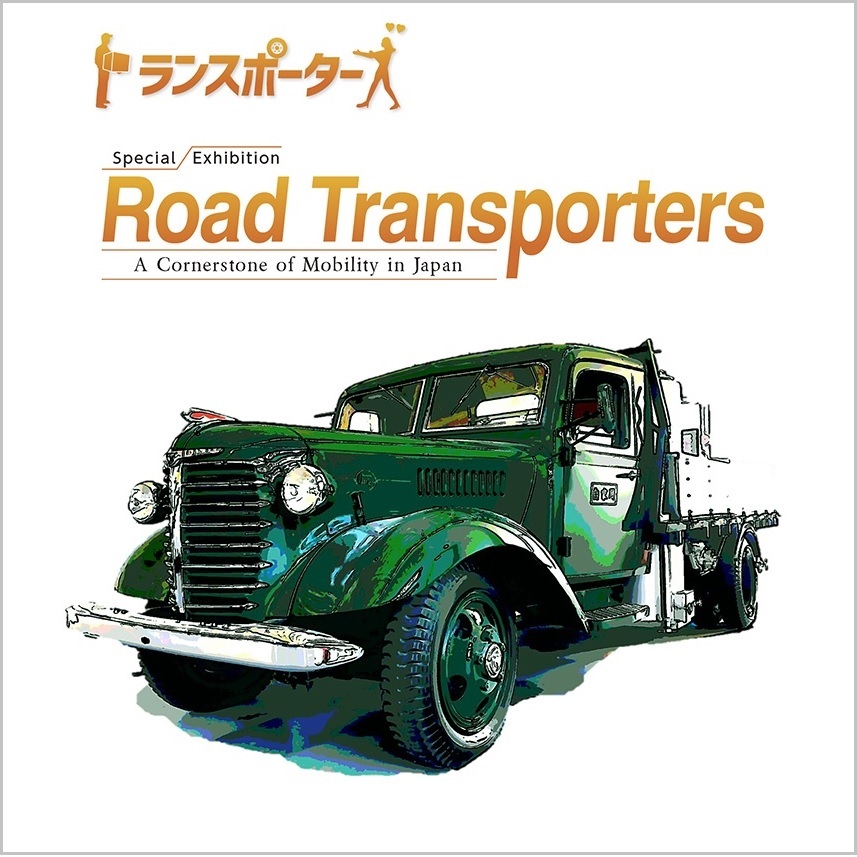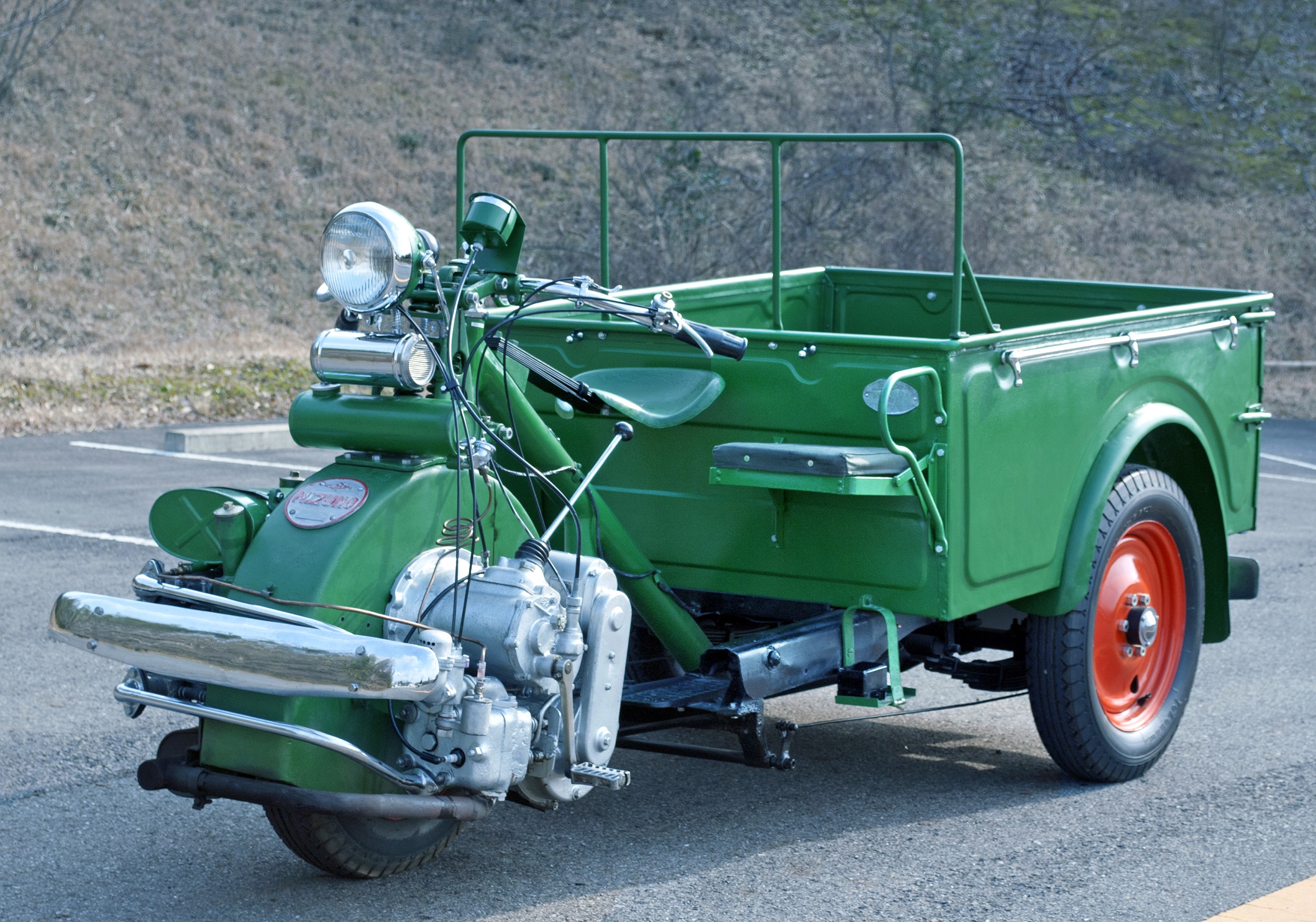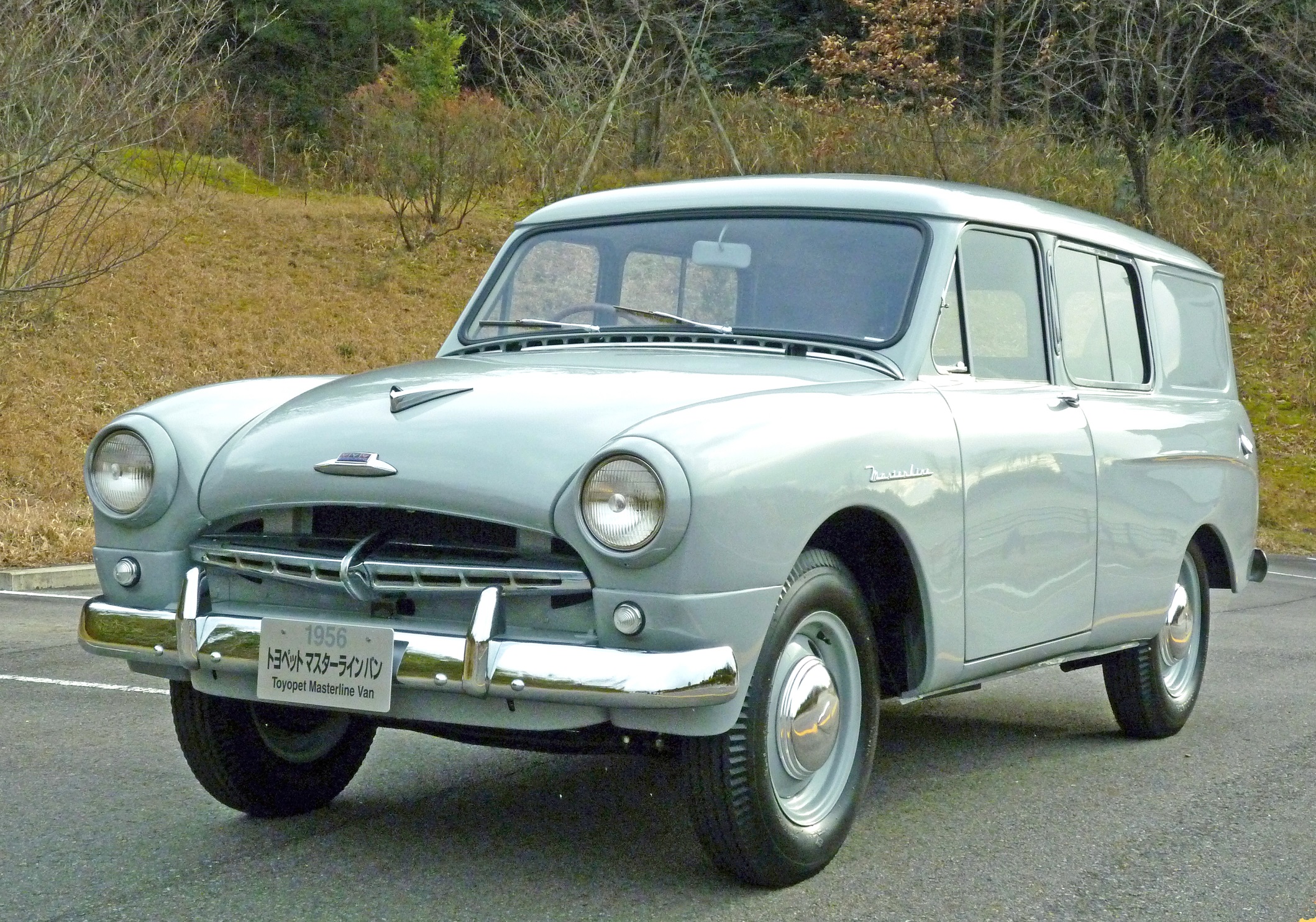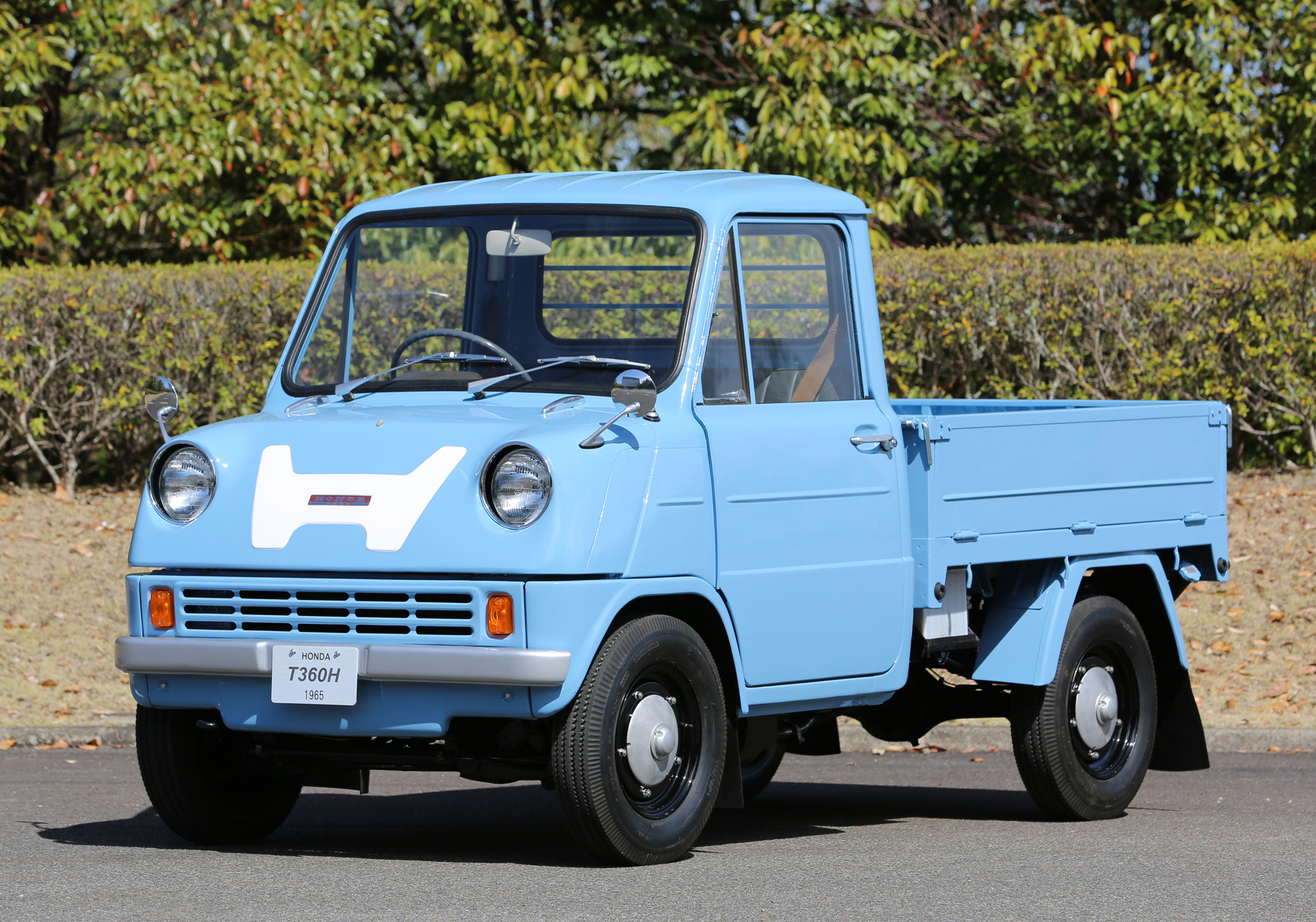Road Transporters: A Cornerstone of Mobility in Japan


Mizuno-shiki Three-Wheel Truck (1937)

Toyopet Masterline Light Van Model RR17 (1956)

Honda T360H Model AK250 (1965)
In Japan, automobile manufacturing and its related industries employ 5.49 million people; almost half of them (2.71 million) are in the road transport sector.
The concept of modern physical distribution was introduced to Japan after WWII. Until the rise of car ownership in the 1960s, trucks and vans were the pillars of mobility in the country—not only for freight but also for passengers. Subsequently, manufacturers of trucks and vans continually improved the durability and comfort of their vehicles so that drivers could deliver cargo safely and to the satisfaction of recipients.
To date, road transport operators have been providing reliable delivery services that are essential to our daily life despite many challenges, including environmental sustainability and workforce issues.
Our special exhibition casts a light on the dedication of freight vehicle manufacturers to thank those in the road transport industry who make our life so much easier.
| Period | Friday, April 28,– Monday, July 17, 2023 |
| Venue | Special Exhibition Room (on the second floor of the Cultural Gallery), Toyota Automobile Museum |
| Exhibited cars | ①Mizuno-shiki Three-Wheel Truck (1937) ②Toyota Model BM Truck with firewood gas generator (1950) ③ Toyopet Model SG Truck (1953) ④ Toyopet Masterline Light Van Model RR17 (1956) ⑤ Datsun 1000 Truck Model G222 (1960) ⑥Toyopet Stout Model RK35 (1959) ⑦Mazda T1500 Model TUB8 (1965) ⑧ Toyota Dyna Model RK170 (1967) ⑨Honda T360H Model AK250 (1965) ⑩Toyota Brisca Model GY10 (1968) ⑪Suzuki Suzulight Model SL (1957) ⑫ Toyota Tamaraw Model KF10 (1977) ⑬Toyota Deliboy Model T-KXC10V (1991) |
| Flyer (Japanese) | Flyer(front) Flyer(back) |
